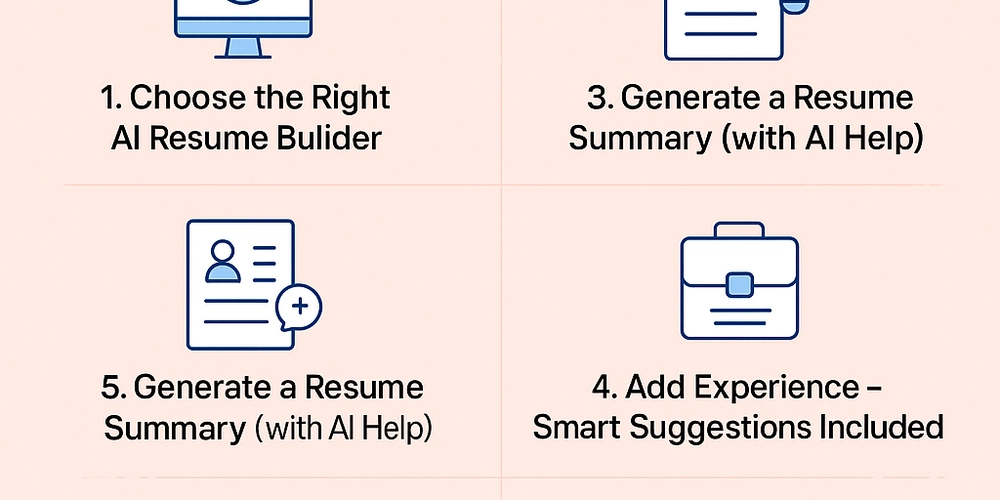Add a Knowledge Graph 3x better
If your AI agent doesn’t know when it’s wrong, it doesn’t belong in production. We reviewed a recent study that tested LLM pipelines against enterprise data environments, benchmarking their performance on enterprise datasets using the Yale Spider schema. Same model. Same questions. Different architecture. **Here’s what changed: **SQL-only → 17.28% accuracy Add a Knowledge Graph → 3x better Add ontology-based query checks + repair loop → 72.55% accuracy That's not incremental progress. That’s a systems-level shift. Here’s what mattered most: 70% of fixes came from domain constraints in the query body Most gains showed up in complex schema environments—think KPIs and strategic planning And when the model couldn’t repair itself? It admitted it with “unknown,” cutting hallucinated outputs by a huge margin The architecture looks like this: Ontologies validate logic pre-execution Knowledge graphs serve as real-time reasoning layers LLM Repair loops handle failure cases autonomously FalkorDB is already solving the low-latency challenge here—serving graphs in real time for reasoning-heavy queries. The lesson: You don’t need smarter prompts. You need systems that can detect when the logic breaks—and fix it before it hits the user.

If your AI agent doesn’t know when it’s wrong, it doesn’t belong in production.
We reviewed a recent study that tested LLM pipelines against enterprise data environments, benchmarking their performance on enterprise datasets using the Yale Spider schema.
Same model. Same questions. Different architecture.
**Here’s what changed:
- **SQL-only → 17.28% accuracy
- Add a Knowledge Graph → 3x better
- Add ontology-based query checks + repair loop → 72.55% accuracy
That's not incremental progress. That’s a systems-level shift.
Here’s what mattered most:
70% of fixes came from domain constraints in the query body
Most gains showed up in complex schema environments—think KPIs and strategic planning
And when the model couldn’t repair itself? It admitted it with “unknown,” cutting hallucinated outputs by a huge margin
The architecture looks like this:
Ontologies validate logic pre-execution
Knowledge graphs serve as real-time reasoning layers
LLM Repair loops handle failure cases autonomously
FalkorDB is already solving the low-latency challenge here—serving graphs in real time for reasoning-heavy queries.
The lesson: You don’t need smarter prompts. You need systems that can detect when the logic breaks—and fix it before it hits the user.




























![[Webinar] AI Is Already Inside Your SaaS Stack — Learn How to Prevent the Next Silent Breach](https://blogger.googleusercontent.com/img/b/R29vZ2xl/AVvXsEiOWn65wd33dg2uO99NrtKbpYLfcepwOLidQDMls0HXKlA91k6HURluRA4WXgJRAZldEe1VReMQZyyYt1PgnoAn5JPpILsWlXIzmrBSs_TBoyPwO7hZrWouBg2-O3mdeoeSGY-l9_bsZB7vbpKjTSvG93zNytjxgTaMPqo9iq9Z5pGa05CJOs9uXpwHFT4/s1600/ai-cyber.jpg?#)













































































































































![[The AI Show Episode 144]: ChatGPT’s New Memory, Shopify CEO’s Leaked “AI First” Memo, Google Cloud Next Releases, o3 and o4-mini Coming Soon & Llama 4’s Rocky Launch](https://www.marketingaiinstitute.com/hubfs/ep%20144%20cover.png)




































































































































































































![Rogue Company Elite tier list of best characters [April 2025]](https://media.pocketgamer.com/artwork/na-33136-1657102075/rogue-company-ios-android-tier-cover.jpg?#)








































































_Andreas_Prott_Alamy.jpg?width=1280&auto=webp&quality=80&disable=upscale#)




























































































![What’s new in Android’s April 2025 Google System Updates [U: 4/18]](https://i0.wp.com/9to5google.com/wp-content/uploads/sites/4/2025/01/google-play-services-3.jpg?resize=1200%2C628&quality=82&strip=all&ssl=1)










![Apple Watch Series 10 Back On Sale for $299! [Lowest Price Ever]](https://www.iclarified.com/images/news/96657/96657/96657-640.jpg)
![EU Postpones Apple App Store Fines Amid Tariff Negotiations [Report]](https://www.iclarified.com/images/news/97068/97068/97068-640.jpg)
![Apple Slips to Fifth in China's Smartphone Market with 9% Decline [Report]](https://www.iclarified.com/images/news/97065/97065/97065-640.jpg)


































































































































